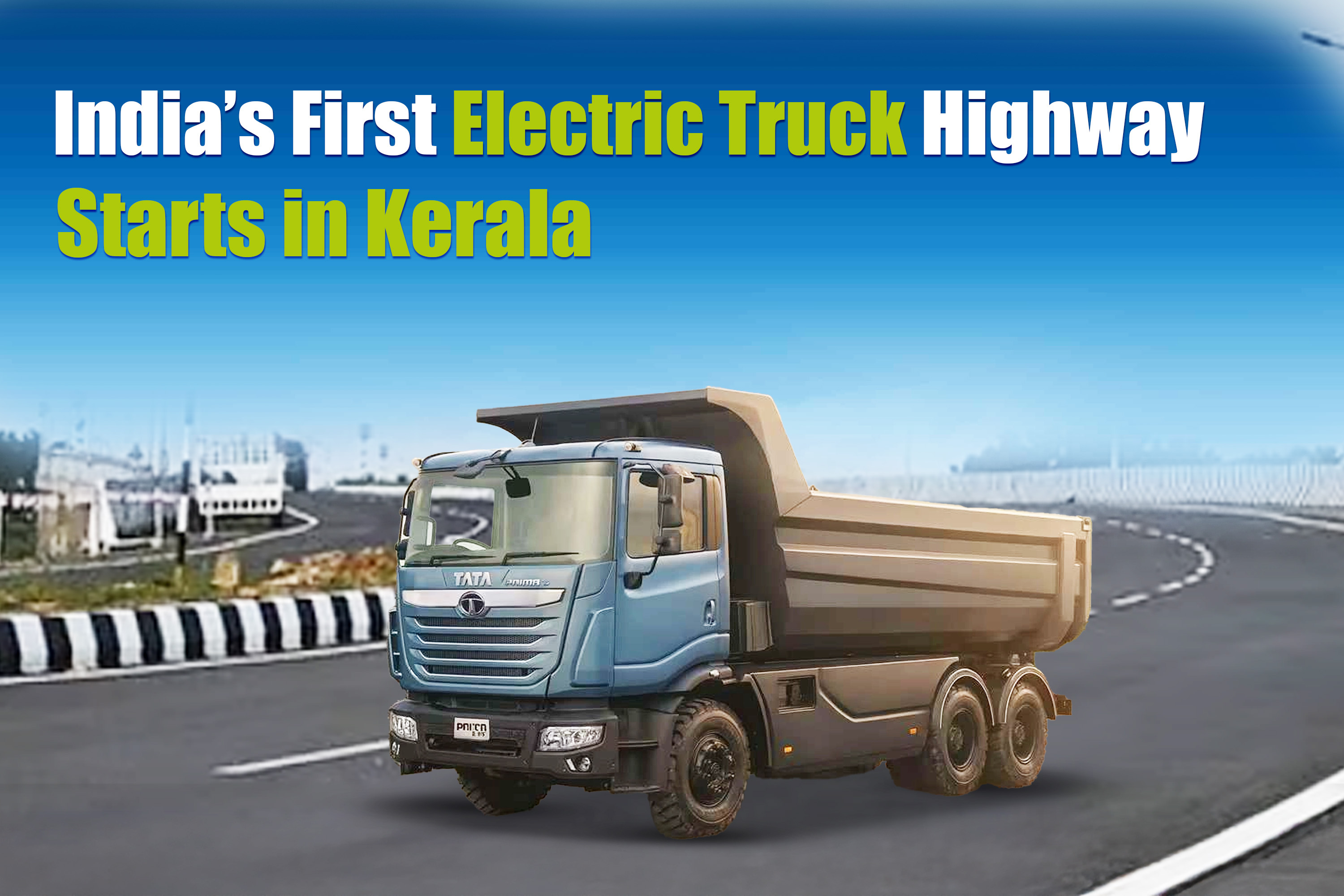
Commercial Vehicle Weights: What is GVW, GCW, Payload & ULW?
Comprehending the weight of commercial vehicles is essential for secure and effective conveyance. Payload, Unladen Weight (ULW), Gross Vehicle Weight (GVW), and Gross Combination Weight (GCW) are important variables. The greatest weight that can be carried by the car, its cargo, and its occupants is known as the GVW. GCW stands for gross combination weight, which includes combinations such as tractor-trailers. Payload is the amount of stuff that an automobile can carry without going above its gross vehicle weight. Lastly, ULW is just the vehicle’s empty weight. These weight restrictions guarantee safe driving, efficient loading, and compliance with laws. We can avoid overloading risks and preserve vehicle stability by adhering to these weight regulations, which will keep our transportation system operating efficiently.
What is Gross Vehicle Weight (GVW)?
GVW stands for Gross Vehicle Weight. It describes the maximum weight that a vehicle can have, including the weight of its cargo and occupants. For both commercial and non-commercial vehicles, particularly trucks and other fleets subject to government regulations, GVW is a crucial parameter because going above the GVW might result in safety concerns. The GVW is usually expressed in kilos and is established by the vehicle manufacturer while taking into account government automotive rules. It includes the weight of the vehicle’s chassis, body, engine, fuel, passengers, and goods. The vehicle’s handling, braking, and general performance can all be negatively impacted by exceeding the GVW, so operators and drivers must be mindful of these weight restrictions.
What is Gross Combination Weight (GCW)?
Gross Combination Weight is the total weight of a fully loaded motor vehicle, including passengers, fuel, cargo, etc. The gross combination weight is a crucial specification, particularly for large commercial vehicles such as trucks or buses. This weight measurement is primarily used in foreign countries, either in pounds or their regional unit. In India, the motor vehicle manufacturer company uses Gross Vehicle Weight (GVW) in kgs. This weightage parameter is set by the motor vehicle manufacturer and motor vehicle regulatory authorities. Exceeding the weight of the Gross Combination weight of the vehicle is illegal and unsafe.
What is Payload?
A vehicle’s payload is its maximum weight when it is fully loaded with passengers and cargo, whether it is a commercial or non-commercial vehicle. Think about the payload in terms of how much luggage or passengers the vehicle can hold before it becomes too heavy and breaks down. It would be dangerous to overload an automobile since it could harm the vehicle and interfere with the steering and braking systems. In certain instances, the term “payload” may also refer to the specific load that a vehicle is transporting. Payload weight in these cases is different from product weight and vehicle weight. Kilograms are the unit of measurement for payload; each vehicle has a specific payload capacity that is listed on the user manual card.
What is Unladen Weight (ULW)?
To put it simply, the unladen weight of a vehicle is its maximum weight when it is empty of all people and goods. Ninety percent of the vehicle’s unladen weight is made up of spare tires, necessary tools, and gasoline. The payload can be calculated using the formula gross vehicle weight (GVW) – vehicle unladen weight (ULW). The ULW specifications for an automobile are supplied by the manufacturer of the vehicle.
In summary, knowledge of commercial vehicle weights, including GVW, GCW, payload, and ULW, is essential for effective and safe transportation. The maximum weight that a single vehicle can have is known as GVW, and combinations such as tractor-trailers are covered by GCW. The cargo capacity is denoted by payload, while the empty vehicle weight is known as ULW. By adhering to these weight limits, overloading risks are avoided, vehicle stability is guaranteed, and roadways are safeguarded. Maintaining a healthy weight maintains the efficiency of our transportation system.





